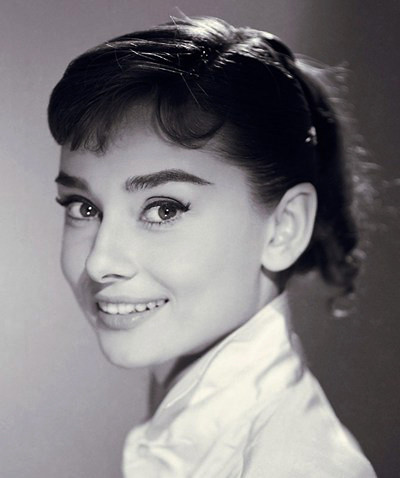
For over four decades, Pat Sajak was more than just a game show host; he was a nightly presence, a reassuring voice, and for millions, an indelible part of the American evening ritual. As the long-standing face of “Wheel of Fortune,” Sajak cultivated an image of amiable authority, guiding contestants through the thrilling pursuit of letters and fortunes. His impending retirement, set for June 7, 2024, marks the close of an extraordinary chapter in television history, prompting reflections on a career that transcended the simple mechanics of a word puzzle game.
Yet, behind the polished smile and the calm demeanor, Sajak’s final years at the helm have been punctuated by moments of profound personal drama and thoughtful introspection. A sudden, life-threatening health crisis, which he publicly recounted, served as a stark reminder of life’s fragility, subtly influencing the narrative of his departure. This personal experience, coupled with his philosophical approach to leaving the spotlight on his own terms, elevates his retirement from a mere career transition to a compelling, human story of legacy and self-awareness.
In this in-depth look, we explore the intricate tapestry of Pat Sajak’s iconic career, from his early days shaping his broadcasting dreams to the record-breaking tenure on “Wheel of Fortune.” We delve into the unexpected health emergency that cast a shadow on his final seasons, illuminate his deeply considered decision to step away, and recount the emotional farewell that resonated with audiences nationwide. Join us as we uncover the moments and relationships that defined a television legend, culminating in a retirement more dramatic and introspective than his public career might suggest.

1. Pat Sajak’s Legendary Run and Record-Breaking Career
Pat Sajak’s name is synonymous with television longevity, having helmed “Wheel of Fortune” for an astonishing four decades. On June 7, 2024, his legendary run concluded, cementing his place in broadcasting history. This tenure, spanning over 41 seasons, surpassed even the formidable record set by Bob Barker, who hosted “The Price Is Right” for 35 years, making Sajak the longest-running host of any game show.
His impact was officially recognized in 2019 when the Guinness Book of World Records acknowledged his remarkable achievement. Beyond this singular record, Sajak’s career was adorned with numerous accolades, including 23 Daytime Emmy Award nominations, from which he took home three wins. A star on the Hollywood Walk of Fame and a Lifetime Achievement Award at the 2011 Daytime Emmy Awards further underscore the profound respect and admiration he garnered within the industry.
Sajak himself often mused about the enduring appeal of “Wheel of Fortune,” describing it as “sort of a safe-haven half-hour where nobody gets hurt, and everybody has fun.” He acknowledged its “old-fashioned” simplicity, stating, “We’re just playing hangman and spinning a giant wheel.” Yet, this very simplicity, he noted, allowed it to become “a part of people’s daily ritual, and it’s a nice spot to be in,” deeply embedding the show and its host into the fabric of American culture.

2. The Emergency Surgery That Could Have Ended His Career
Amidst his otherwise seamless television career, a terrifying health crisis in November 2019 brought Pat Sajak face-to-face with his own mortality. It was after a routine morning walk with his daughter, Maggie, that intense stomach pain suddenly struck. “I didn’t know what it was,” Sajak later recalled, detailing how rapidly his condition deteriorated, leading him to surgery within a mere two and a half hours.
The diagnosis was a blocked intestine, a critical condition that saw his blood pressure plummet dramatically, necessitating immediate intervention to save his life. The pain was excruciating, so severe that Sajak found himself curled in the fetal position on his bed, utterly unresponsive to conventional pain medications. It was a moment of profound vulnerability, far removed from the controlled environment of a television studio.
In a candid recounting of the ordeal, Sajak shared, “They tried various drugs, but none of them worked until they gave me something that made me see beautiful pastels and lovely faces. After that, I wasn’t thinking about the pain anymore.” The emergency surgery proved successful, a testament to timely medical care. Despite the gravity of the situation, Sajak made a swift recovery, remarkably returning to work soon after, but the incident served as an undeniable, stark reminder of how quickly life can change.
Read more about: Beyond the Curtain Call: Remembering the Stars Whose Final Roles Shone After Their Lights Dimmed
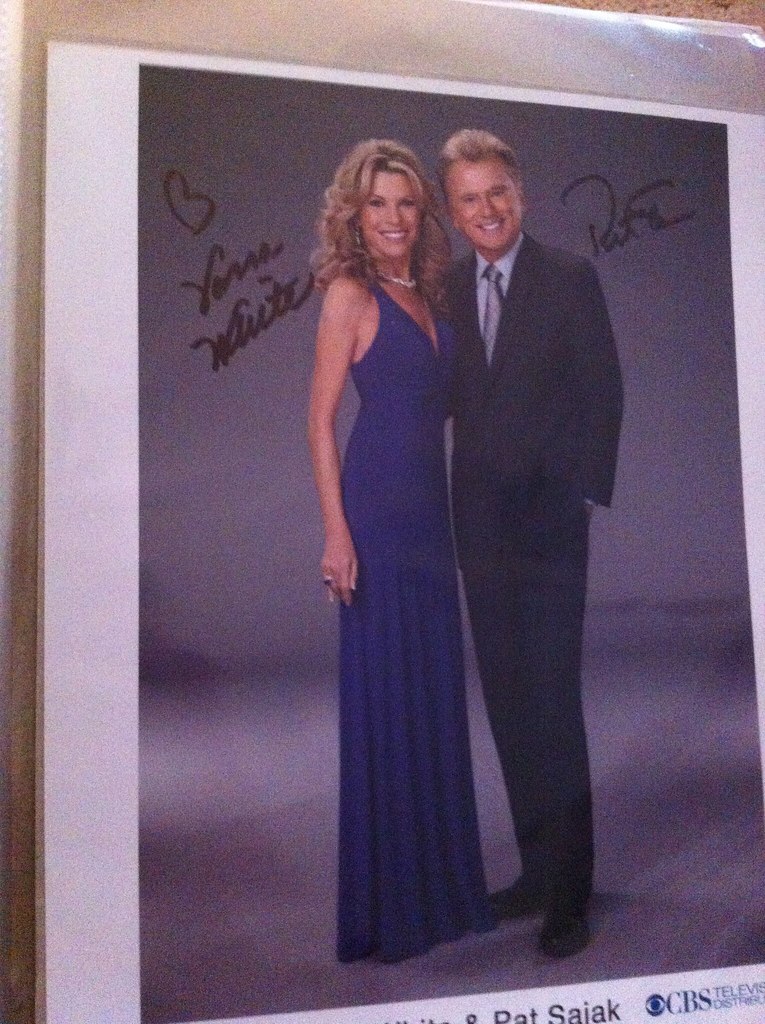
3. Pat Sajak’s Decision to Retire: A Philosophy of Timing
After more than four decades as the iconic face of “Wheel of Fortune,” Pat Sajak’s announcement of his retirement in June 2023 sent ripples through the entertainment world. He revealed that the show’s 41st season, commencing in September, would be his last. His declaration, delivered with characteristic wit via Twitter, read in part, “Well, the time has come. I’ve decided that our 41st season, which begins in September, will be my last.”
While the news initially shocked many fans, Sajak later elaborated on the thoughtful philosophy behind his decision. It wasn’t a matter of ill health, he clarified, nor a decline in his ability to host. Instead, it stemmed from a profound understanding of legacy and timing. “I’d rather leave a couple years too early than a couple of years too late,” he remarked, articulating a desire to depart while still at the pinnacle of his game, rather than risking a prolonged stay that might diminish the show’s or his own impact.
His decision, he emphasized, was simply about moving on after an incredible run and focusing on other aspects of life. “I’m perfectly happy if it just means that I’ll continue with my crossword puzzles and play with grandchildren,” he shared. This sentiment underscored a desire for a quieter, more personal chapter, one that his extraordinary career had earned him, allowing him to transition with grace and intention.

4. A Bittersweet Goodbye: The Emotional Final Episode
The culmination of Pat Sajak’s remarkable tenure arrived on June 7, 2024, as he filmed his final episode of “Wheel of Fortune.” This bittersweet occasion marked the closing of an extraordinary journey, filled with palpable emotion and a deep sense of nostalgia. The farewell episode itself became a tribute, with a poignant montage playing in the background, highlighting key moments from his unparalleled time on the show, a visual symphony of memories for both Sajak and his devoted audience.
During his final speech, Sajak’s gratitude was evident and heartfelt. He expressed profound appreciation for the unique privilege he had experienced: “It’s been an incredible privilege to be invited into millions of homes night after night, year after year, decade after decade,” he articulated. This acknowledgement of his place in viewers’ lives underscored the intimate connection he forged with generations of fans, transforming a game show into a daily ritual of shared experience.
He further emphasized how “Wheel of Fortune” had evolved beyond mere entertainment, becoming something far more significant. It was, in his words, “a place where families could come together, children could learn their letters, and people from different cultures could practice English.” This reflection highlighted the show’s unexpected role as a cultural touchstone and an educational tool, solidifying its place, and his own, in the hearts and homes of America.
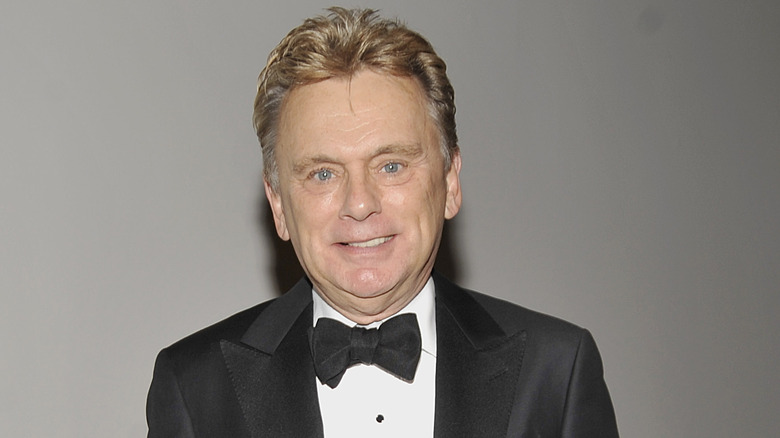
5. Sajak’s Early Journey: From Radio Waves to Saigon
Long before he became a household name on “Wheel of Fortune,” Pat Sajak’s path into broadcasting was paved with passion and a diverse set of experiences. Born in Chicago, Sajak knew from an early age that his destiny lay in the airwaves. “I was very lucky in that I always knew that I wanted to be in broadcasting,” he stated, crediting early heroes like Arthur Godfrey, Dave Garroway, Steve Allen, and especially Jack Paar, as figures who “helped shape what a television personality was, paving the way for so many others.”
One of the most remarkable chapters of his early career unfolded during his military service. “You might not know this about me,” Sajak revealed, “but long before I became the host of ‘Wheel of Fortune,’ I served in the Army as the morning disc jockey at Armed Forces Radio in Saigon.” This unusual posting during the Vietnam War saw him rousing fellow soldiers with the iconic shout of “Gooooood morning, Vietnam!” A proud veteran, he counted himself “among the 2.7 million veterans of the Vietnam War.”
Reflecting on his time in the army, Sajak admitted to sometimes feeling “a bit guilty about my relatively ‘soft’ duty.” However, these feelings were often alleviated when soldiers returning from the field thanked him for “bringing them a little bit of home.” This interaction, he noted, “reminded me of the importance of providing entertainment to those who serve.” After the war, his broadcasting journey continued, first as a disc jockey at WSM in Nashville, Tennessee, then as the station’s television announcer, and subsequently as a weatherman at KNBC, where he caught the discerning eye of “Wheel of Fortune” creator Merv Griffin.

6. The Vanna White Partnership: A Decades-Long Bond
The enduring success of “Wheel of Fortune” is inextricably linked not only to Pat Sajak but also to his celebrated partnership with Vanna White. Sajak made his hosting debut on December 23, 1981, and one year later, Vanna White joined the show, initiating a collaborative bond that would span four decades. Their on-screen chemistry and off-screen rapport became a cornerstone of the program’s immense popularity, a familiar and comforting presence for millions.
White herself has openly spoken about the initial nervousness she felt stepping into such a prominent role. She credited Sajak for being her rock during those early, daunting days. “[He said], ‘Calm down, it’s going to be OK.’ I was just a little old girl from North Myrtle Beach, South Carolina, wanting to be on TV from the time I was 10,” she recalled, highlighting Sajak’s steadying influence and mentorship.
While Sajak earned a reputation for his often “snarky and brutally honest” interactions with contestants, a demeanor that was part of his charm, White consistently praised him for his supportive nature. Despite his less-than-cuddly on-screen persona, she fondly called him her “teacher,” crediting him for making her “feel comfortable” in front of the camera. Their professional relationship, built on mutual respect and shared experience, became a defining element of the show, a silent conversation between two television legends that enriched the viewing experience for generations.” , “_words_section1”: “1940
While Pat Sajak’s farewell to “Wheel of Fortune” has been a narrative rich with personal reflection and a well-orchestrated public transition, it also serves as a poignant counterpoint to the less-publicized, and often more dramatic, stories of other game show titans. For many beloved hosts, the spotlight often dimmed without the grand farewells, their departures marked by quiet exits or, in some cases, profound personal struggles that played out far from the gleam of the studio lights. This section delves into the compelling, often overlooked, sagas of these influential figures, offering a stark and sometimes somber contrast to Sajak’s publicly acknowledged, yet deeply personal, transition.
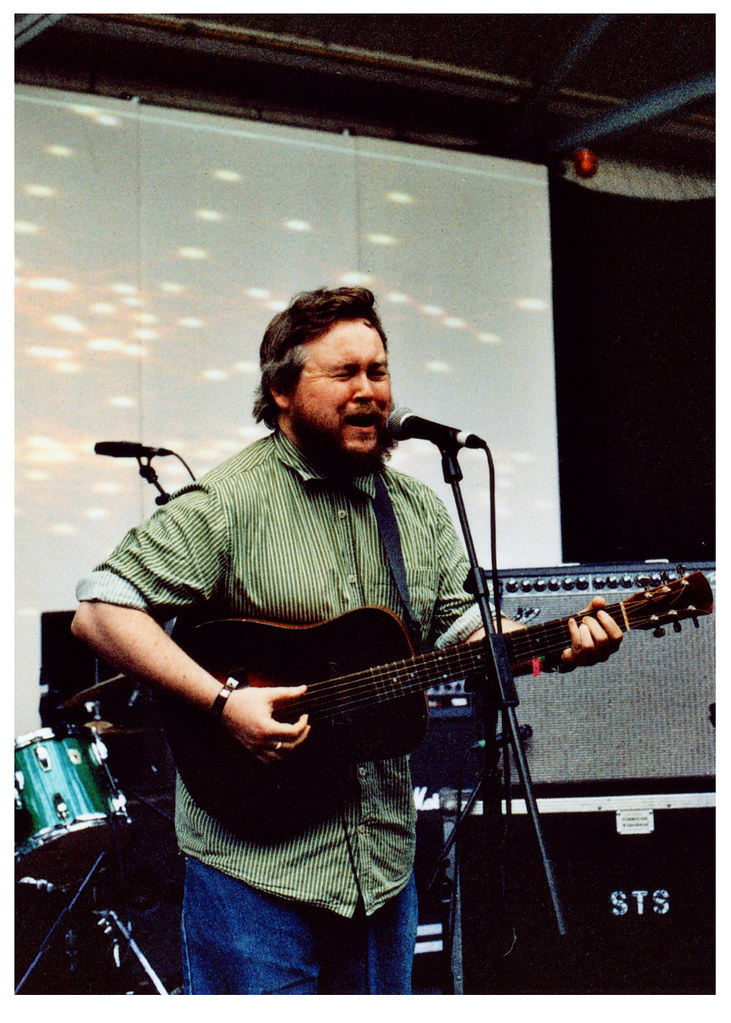
7. Richard Dawson: The Charmer Whose Legacy Went Beyond the Kiss*
Born Colin Lionel Emm in England in 1932, Richard Dawson carved out a significant niche in American television, transforming from a stand-up comedian and actor into one of the most recognizable game show hosts of his era. His acting career included a memorable turn as Corporal Newkirk on the popular sitcom “Hogan’s Heroes,” which concluded its run in 1971. Yet, it was the burgeoning landscape of 1970s panel game shows that truly catapulted him to widespread fame.
Dawson became a ubiquitous presence on television screens, making nearly 1,400 appearances on both the daytime and nighttime versions of “Match Game.” His quick wit and playful demeanor made him a panelist favorite, leading to his eventual role as the host of “Family Feud.” For nine years, Dawson commanded the “Family Feud” stage, turning it into both the most-watched daytime show and the most-watched syndicated game program, solidifying his status as the highest-earning host in the genre.
He developed several signature bits on “Family Feud,” most notably his overly familiar repartee with male contestants and his almost ritualistic kissing of the female participants. This practice, while controversial by today’s standards, became an indelible part of his on-screen persona, endearing him to many viewers. It was a reflection of the more relaxed television sensibilities of the time, allowing Dawson to connect with contestants on a distinctly personal, if unconventional, level.
In June 2012, Richard Dawson’s son, Gary, announced his father’s passing at UCLA Medical Center in Los Angeles. Dawson, who was 79, succumbed to the effects of cancer of the esophagus, bringing a quiet end to a career that was anything but. His legacy, however, remains etched in the annals of game show history, a testament to his unique charm and undeniable impact on millions of viewers.
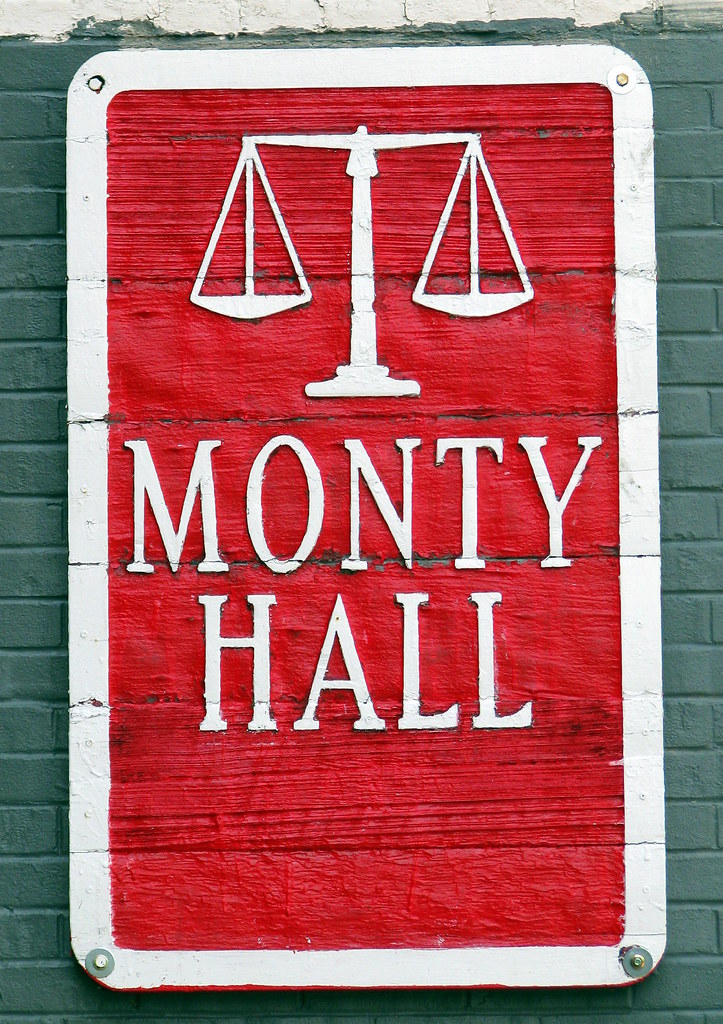
8. Monty Hall: The Master of the Deal, and a Philanthropic Heart
Monte Halparin, better known as Monty Hall, embarked on a dramatically different career path after abandoning a scientific degree in the 1950s. Moving from Canada to the United States, he quickly made his mark in entertainment, landing his first game show hosting gig with CBS’s “Video Village” in 1960. This innovative show brought a board game to life, and its three-year run set the stage for Hall’s defining contribution to television.
In a stroke of genius, Hall co-created “Let’s Make a Deal” with writer Stefan Hatos. The show, which premiered on ABC, was a whirlwind of bartering and trading, where audience members, often adorned in wild costumes and carrying elaborate signs, vied for Hall’s attention. His charismatic interaction with the costumed crowd, guiding them through a labyrinth of choices, prizes, and “zonks,” became a cultural phenomenon that redefined audience participation.
Hall hosted thousands of episodes of “Let’s Make a Deal” across its various productions, embedding himself as an icon of daytime television. The show’s distinctive three-door setup even inspired a famous math brainteaser, “the Monty Hall problem,” which illustrates the sometimes counterintuitive principles of probability. Beyond the cameras, however, Hall was a quiet philanthropist, working tirelessly and raising over $1 billion for charity, a fact largely unknown to his adoring public.
Monty Hall passed away in September 2017 at his home in Beverly Hills, at the age of 96, due to heart failure. While his death garnered tributes, many were modest, failing to fully capture the breadth of his influence, not only on television but also on countless lives through his charitable endeavors. His quiet philanthropic legacy stands as a powerful testament to the man behind the playful chaos, a dimension of his life that contrasted sharply with his public persona.

9. Regis Philbin: Television’s Most Prolific Personality
While widely celebrated as a talk show host, particularly for his decades-long run on “Live! With Regis and Kathie Lee,” Regis Philbin’s prodigious television career was remarkably interwoven with game shows. Even after some early game show flops like “The Neighbors” and “Almost Anything Goes” in 1975, Philbin’s star continued to rise through his work as an actor, news anchor, and announcer, leading him back to the game show arena in spectacular fashion.
In 1999, Philbin took the reins of ABC’s “Who Wants to Be a Millionaire,” a show that quickly became a cultural phenomenon, awarding some of the largest payouts in game show history. His iconic delivery of the phrase, “Is that your final answer?”, became an inescapable catchphrase, resonating with millions and earning him a Daytime Emmy Award. The show’s captivating format was so popular that ABC aired it multiple nights a week, with its episodes dominating the most-watched TV shows of the 1999-2000 season.
Philbin’s remarkable longevity and ubiquity on screen earned him a Guinness World Record for appearing on television more than anyone else. His ability to connect with audiences, whether through engaging conversations on his talk show or building dramatic tension on “Millionaire,” cemented his status as a television legend. He possessed a unique charm that allowed him to transition seamlessly between different formats, always maintaining an authentic and relatable presence.
Regis Philbin semi-retired in 2011, and his passing in July 2020 at the age of 88 due to heart issues, marked the end of an era for many viewers. Though his death was widely reported, the sheer volume of his work and his constant presence on television for decades made his absence particularly felt, underscoring the profound impact he had on the landscape of American entertainment.
.jpg/440px-Alex_Trebek_(7269139314).jpg)
10. Alex Trebek: The Master of Measured Authority and Unflappable Poise
For over three decades, from its inception in 1984 until October 2020, Alex Trebek was the authoritative and unflappable face of the current TV version of “Jeopardy!” He navigated the show’s unique question-and-answer format with a measured grace, calmly reading out “answers” (clues) and gently, but firmly, reminding contestants to phrase their responses in the form of a question. Even when the unexpected unfolded on set, Trebek’s cool demeanor never faltered.
“Jeopardy!” may have been his longest-running and most famous venture, but Trebek’s game show career was vast and varied. A native Canadian, he honed his skills hosting 1960s Canadian game shows like “Strategy” and “Reach for the Top.” After moving to the U.S. in the 1970s, he hosted a string of popular quiz shows, including “The Wizard of Odds,” “The Magnificent Marble Machine,” “The $128,000 Question,” and “The New Battlestars,” before finding his iconic home.
Concurrently with “Jeopardy!”, Trebek also helmed “To Tell the Truth” and “Classic Concentration,” showcasing his versatility and widespread appeal. His excellence in the role was recognized with an astounding eight Emmy Awards for outstanding game show host, a testament to his consistent professionalism and deep connection with audiences and contestants alike. His presence exuded a quiet brilliance that commanded respect.
In March 2019, Trebek bravely announced his diagnosis of stage IV pancreatic cancer via a YouTube video. Despite the grim prognosis, he assured his fans he would fight the disease, even lightheartedly noting that his “Jeopardy!” contract required him to host for three more years. He continued to work tirelessly, filming what would be his final episodes in October 2020, just eight days before his death at the age of 80. His commitment to the show, even in his final days, was a testament to his incredible dedication and professional integrity.
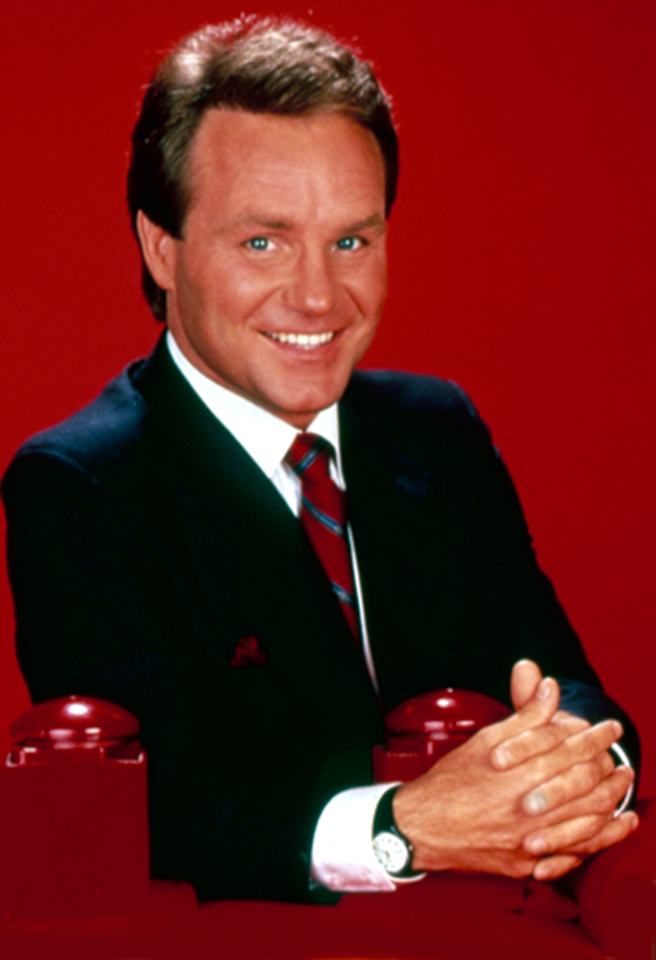
11. Ray Combs: The Comic Behind the Cheer, and a Tragic Fall
In 1982, Ray Combs, a former missionary and Midwestern furniture salesman, ventured to Los Angeles with the aspiration of becoming a stand-up comedian. His comedic talent quickly opened doors, leading him to gigs as an audience warm-up act for popular sitcoms like “The Facts of Life” and “The Golden Girls.” A successful performance on “The Tonight Show” further propelled his career, culminating in a deal to host a revival of “Family Feud” in 1988, just three years after the original had gone off the air.
For six years, Combs brought his quick wit and engaging rapport to “Family Feud,” establishing his own style while skillfully navigating the family-versus-family dynamic. Audiences responded warmly to his energetic and affable hosting, solidifying his place as a beloved television personality. However, in 1994, he was replaced by the show’s original host, Richard Dawson, marking a challenging transition in his career.
Following his departure from “Family Feud,” Combs continued his work in television, hosting a season of the physical challenge show “Family Challenge” and a brief-run series titled “The Love Psychic.” Yet, behind the scenes, a series of personal struggles began to mount. Injuries sustained in a 1994 car accident left him in continuous pain, and his marriage, despite an attempted reconciliation, ultimately ended with a second divorce filing.
In a heartbreaking turn of events in June 1996, after expressing intentions to harm his estranged wife and having attempted suicide, Combs was admitted to Glendale Adventist Medical Center outside Los Angeles for psychiatric evaluation. The following morning, at just 40 years old, Ray Combs died by suicide. His tragic passing, often overshadowed by the brighter narratives of his contemporaries, serves as a stark reminder of the hidden battles faced by public figures, offering a poignant and deeply human counterpoint to the more outwardly successful and gracefully concluded careers in game show history.
The stories of these hosts, from Richard Dawson’s controversial charm to Ray Combs’s tragic end, paint a richer, more complex picture of the world of game shows. While Pat Sajak’s carefully articulated departure from “Wheel of Fortune” provided a dignified final act, the quiet exits and dramatic personal sagas of his peers remind us that behind every cheerful smile and every suspenseful moment on screen, there often lies a profound, untold human narrative. These are the stories that, though less heralded, are equally compelling, underscoring the intricate tapestry of lives lived under the enduring glow of the television spotlight.

